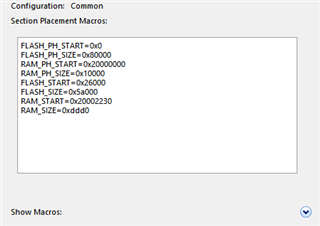My team is in the process of developing a product that uses the Fanstel BC832 module and have been running into issues trying to implement buttlonless DFU in our application. I believe I have added the buttonless dfu service correctly by following the few tutorials that are available where I have it working fine using the nRF52 DK. When I test it with my custom device, the custom service I created does not show up from the nrfConnect app and can't read any of the characteristics, only the secure DFU service shows up. When I debug my device I get no error codes when I initialize my services. I am wondering if it has something to do with my RAM and ROM setting placements but I am unsure. I am using SDK 15.3, S132 6.1.1 and the secure bootloader from the SDK package. I can share the code just not publicly so if a Nordic representative is available, I could use a little guidance.




